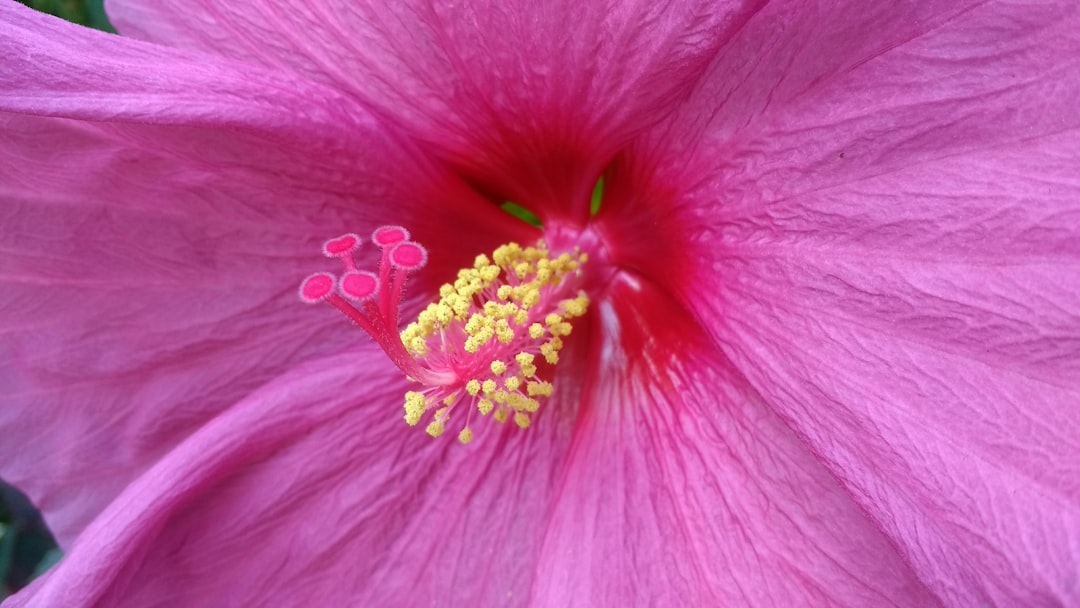Unraveling the Mystery of Curling Lemon Tree Leaves

Edible gardening is a rewarding endeavor, and growing a lemon tree can be a delightful addition to your garden. However, one common issue that lemon tree owners may encounter is the curling of the tree's leaves. This can be a sign of various underlying problems, but with the right knowledge, you can identify the causes and take appropriate steps to keep your lemon tree healthy.
### Common Causes of Curling Lemon Tree Leaves
1. Pests
Pests are one of the most common culprits behind curling lemon tree leaves. Aphids, spider mites, and whiteflies are some of the pests that can infest lemon trees. These tiny insects feed on the sap of the leaves, causing them to curl and distort. Aphids, for example, are usually found on the undersides of the leaves and can be identified by their small, pear - shaped bodies. Spider mites are even smaller and often leave fine webbing on the leaves. Whiteflies are small, white insects that fly up when the leaves are disturbed.
2. Diseases
Diseases can also lead to leaf curling in lemon trees. Citrus canker is a bacterial disease that causes raised, corky lesions on the leaves, which may eventually lead to curling. Another disease is greasy spot, which is caused by a fungus. Greasy spot appears as yellow - brown spots on the upper surface of the leaves and can cause them to curl as the disease progresses.
3. Environmental Stress
Environmental factors play a significant role in the health of lemon trees. Over - watering or under - watering can cause leaf curling. If the soil is constantly waterlogged, the roots may not be able to get enough oxygen, leading to stress and leaf curling. On the other hand, if the tree does not receive enough water, the leaves will curl as a way to conserve moisture. Extreme temperatures, both hot and cold, can also cause stress to the lemon tree and result in leaf curling. High humidity levels can create a favorable environment for fungal diseases, while low humidity can cause the leaves to dry out and curl.
4. Nutrient Deficiencies
Lemon trees require a balanced supply of nutrients to thrive. A lack of essential nutrients such as nitrogen, potassium, or magnesium can cause leaf curling. Nitrogen is important for leaf growth, and a deficiency can result in pale, curled leaves. Potassium is necessary for overall plant health and helps the tree withstand stress. A magnesium deficiency can cause the leaves to turn yellow between the veins and curl upwards.
### Effective Solutions
1. Pest Control
To control pests, you can use natural or chemical methods. For natural pest control, you can spray the leaves with a mixture of water and mild dish soap. This will suffocate the pests and prevent them from feeding on the leaves. Neem oil is another natural remedy that can be effective against aphids, spider mites, and whiteflies. If the infestation is severe, you may need to use a chemical insecticide. However, make sure to follow the instructions carefully and use it as a last resort.
2. Disease Management
If your lemon tree is affected by a disease, it is important to take immediate action. For bacterial diseases like citrus canker, infected leaves and branches should be pruned and destroyed to prevent the spread of the disease. Fungicides can be used to control fungal diseases such as greasy spot. Make sure to apply the fungicide according to the instructions on the label.
3. Adjusting Environmental Conditions
To address environmental stress, you need to ensure proper watering. Water your lemon tree deeply but infrequently, allowing the soil to dry out slightly between waterings. During hot weather, you may need to water more often, but always check the soil moisture first. Provide shade for the tree during extreme heat and protect it from cold temperatures by covering it with a frost cloth. You can also use a humidifier or mist the leaves to increase humidity if necessary.
4. Nutrient Management
To correct nutrient deficiencies, you can apply a balanced fertilizer specifically formulated for citrus trees. Follow the recommended dosage on the fertilizer package. You can also add organic matter such as compost or well - rotted manure to the soil to improve its nutrient content. Regular soil testing can help you determine the exact nutrient requirements of your lemon tree.
### Prevention Tips
1. Regular Inspections
Regularly inspect your lemon tree for signs of pests, diseases, or nutrient deficiencies. Early detection can make it easier to treat the problem before it becomes severe. Check the undersides of the leaves, the branches, and the soil around the tree.
2. Proper Planting and Care
When planting a lemon tree, choose a location that receives full sun and has well - drained soil. Make sure to space the tree properly to allow for good air circulation. Prune the tree regularly to remove dead or diseased branches and to shape the tree. This will help improve the overall health of the tree and reduce the risk of leaf curling.
3. Mulching
Applying a layer of mulch around the base of the lemon tree can help retain soil moisture, regulate soil temperature, and suppress weeds. Use organic mulch such as wood chips or shredded bark, and make sure to keep the mulch away from the trunk of the tree to prevent rot.
In conclusion, curling lemon tree leaves can be a sign of various problems, but by understanding the common causes, implementing effective solutions, and following prevention tips, you can keep your lemon tree healthy and productive. With a little care and attention, you can enjoy the delicious fruits and beautiful foliage of your lemon tree for years to come.